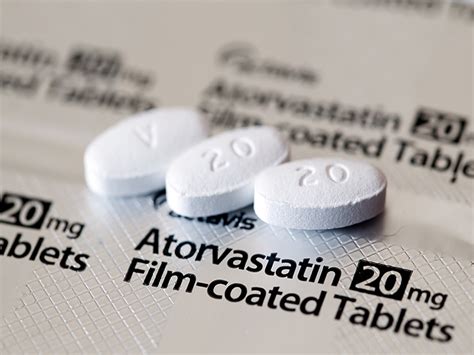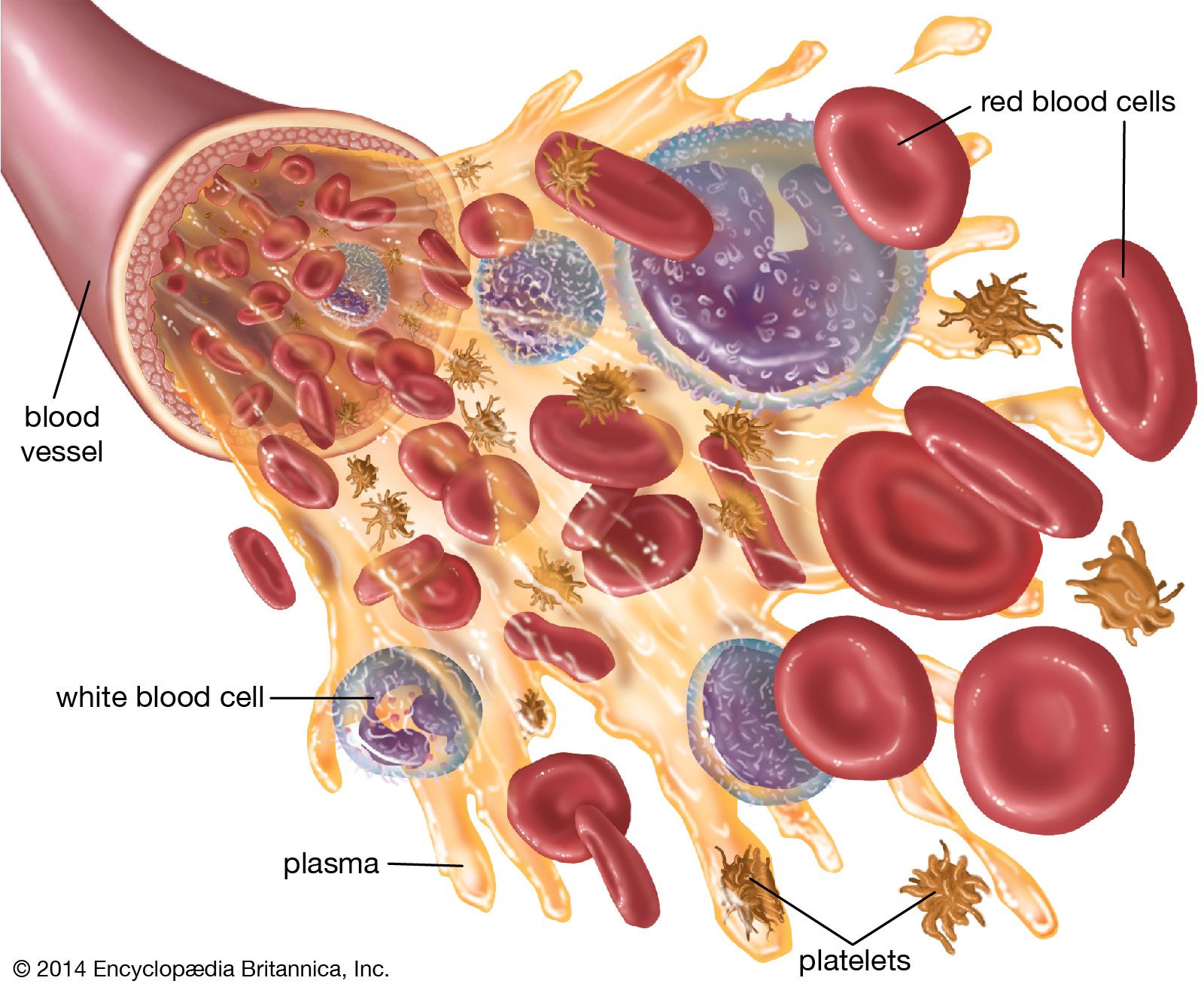Atorvastatin, commonly known by its brand name Lipitor, is a widely prescribed medication that belongs to the class of drugs known as statins. Statins are lipid-lowering medications that work by inhibiting the enzyme HMG-CoA reductase, which plays a central role in the production of cholesterol in the liver. By reducing the amount of cholesterol produced in the liver, atorvastatin decreases the overall levels of cholesterol in the blood, particularly low-density lipoprotein (LDL) cholesterol, often referred to as “bad” cholesterol.
The primary use of atorvastatin is to lower cholesterol levels and reduce the risk of cardiovascular disease. It is prescribed for several specific conditions and purposes:
Primary Hypercholesterolemia: Atorvastatin is used to treat high levels of LDL cholesterol and triglycerides in the blood, as well as to increase levels of high-density lipoprotein (HDL) cholesterol, known as “good” cholesterol.
Mixed Dyslipidemia: This condition involves elevated levels of LDL cholesterol and triglycerides, along with low levels of HDL cholesterol. Atorvastatin helps to improve these lipid profiles.
HoFH (Homozygous Familial Hypercholesterolemia): This is a rare genetic disorder characterized by very high levels of LDL cholesterol. Atorvastatin can be used as part of the treatment regimen to manage this condition.
Heterozygous Familial Hypercholesterolemia: Similar to HoFH, but less severe, this condition also involves high levels of LDL cholesterol due to genetic factors. Atorvastatin is used to reduce these levels.
Prevention of Cardiovascular Disease: Beyond lowering cholesterol, atorvastatin is also used to prevent cardiovascular events such as heart attacks and strokes in patients at high risk of these conditions.
The dosage of atorvastatin varies depending on the patient’s condition, age, and response to the medication. It is typically taken once a day, with or without food, and the dosage can range from 10 mg to 80 mg per day. Like all medications, atorvastatin can cause side effects, which may include muscle pain, liver enzyme abnormalities, and increased risk of diabetes. Regular monitoring by a healthcare provider is necessary to manage these potential side effects and adjust the treatment plan as needed.
Moreover, the mechanism of action of atorvastatin not only includes the reduction of cholesterol synthesis in the liver but also involves anti-inflammatory properties and improvement of endothelial function, which contribute to its overall cardiovascular protective effects.
When initiating atorvastatin, it’s essential to follow a healthcare provider’s guidance and to be aware of potential drug interactions, especially with other lipid-lowering medications, certain antibiotics, and antifungals. Lifestyle modifications, including a healthy diet and regular exercise, are also crucial components of managing high cholesterol and reducing cardiovascular risk.
What is the primary use of atorvastatin?
+Atorvastatin is primarily used to lower cholesterol levels, particularly LDL cholesterol, and reduce the risk of cardiovascular disease.
What conditions does atorvastatin treat?
+Atorvastatin treats primary hypercholesterolemia, mixed dyslipidemia, and familial hypercholesterolemia, among other conditions, by improving lipid profiles and reducing cardiovascular risk.
What are the common side effects of atorvastatin?
+Common side effects include muscle pain, liver enzyme abnormalities, and an increased risk of diabetes. Regular monitoring by a healthcare provider is necessary to manage these potential side effects.
Given the importance of managing cholesterol levels for cardiovascular health, medications like atorvastatin play a significant role in the treatment and prevention of related diseases. Understanding its uses, benefits, and potential side effects can help individuals work more effectively with their healthcare providers to manage their health.



